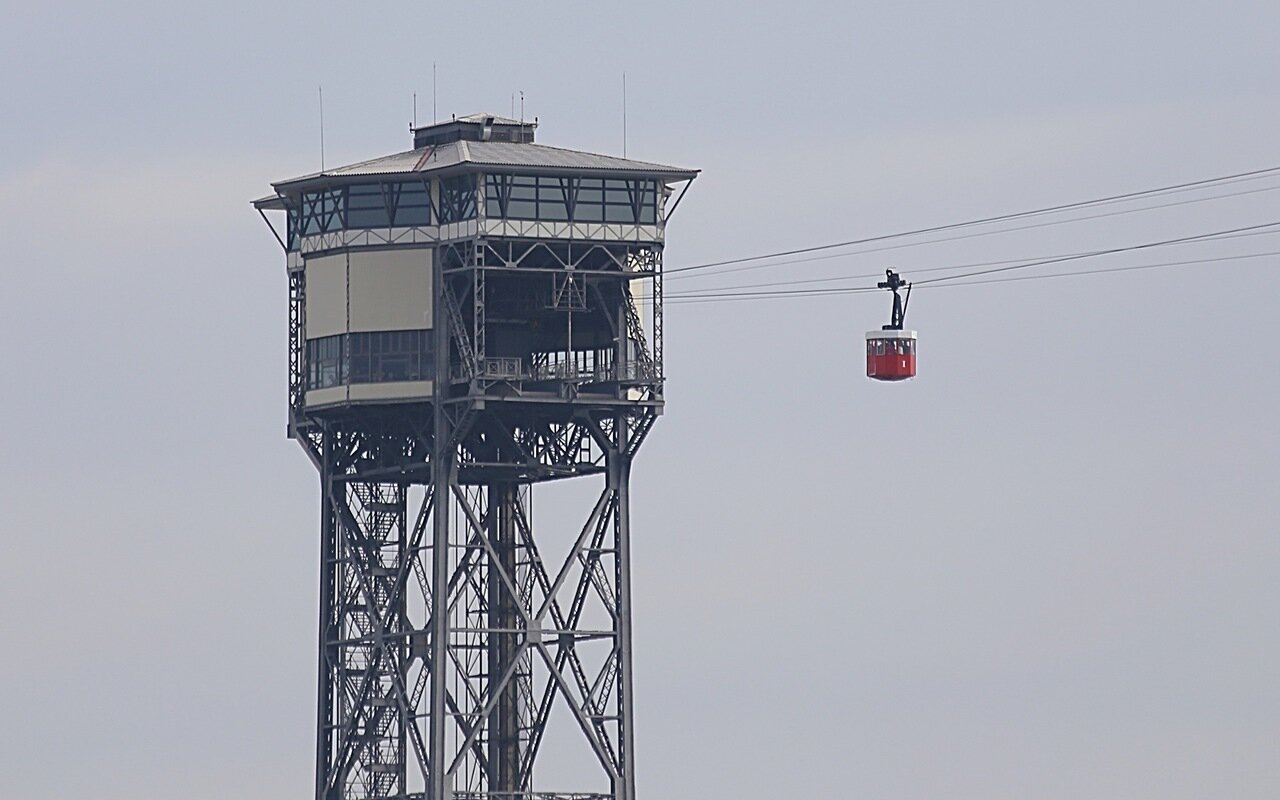Gothic-Las Ramblas of Barcelona Cruise port
The trip started with a flight from Yekaterinburg-Helsinki-Barcelona, on a Finnair plane. At Helsinki airport, it was +6 degrees and 6 hours of free time - part of it was spent at the Finnish national aviation Museum, located a 20-minute walk from the terminal.
I arrived in Barcelona at 20: 30, it was already +16, 25 minutes by car to Plaza Catalunya and 8 minutes on foot to Hostal Rembrandt, located in the Gothic quarter. In the reviews on the Booking site, there were complaints about noisy numbers (there are several night clubs nearby) and cold, but I got a room with access to the courtyard-a well, and the kit turned out to be a fan heater, which, in General, I did not need too much. The price/convenience/location ratio was quite satisfactory. Since more than a day had passed since my departure from home, the desire to lie down overcame the temptation to run through the festive streets, and the program of the day ended there.

The morning of the second day began with a visit to the Maritime Museum , which was at the top of the program. During my three previous visits to Barcelona, I never managed to visit it. On the way to the Museum, I took some photos on the streets of the Gothic quarter.

On the Plaza Del PI (Placa del Pi on the map) communals knock down oranges from trees. The fruits can be taken by anyone, you can eat them, but they are sour.

Near the main theater of the city theatre Principal (on the map) I went out onto the Rambla.

At the end of the Rambla stands the very first building in Barcelona to break the hundred-meter mark-the Tower of Columbus (Torre Colon on the map). The 28-storey office building with a height of 110 meters was built from 1965 to 1971 by architects Josep Anglade, Daniel Gelabert and Joseph RIBA.

In front of the high-rise is the main entrance to the Maritime Museum of Barcelona (Barcelona's Maritime Museum) , which occupies a building of the former Royal shipyards built in 1243-1390, where I went.

Visiting the Museum did not make a hole in my budget (the ticket price is 5 euros), and did not take much time - the Museum's collection is not too large, but very interesting, the Central exhibit is the galley " Real"
After that, I went to the waterfront, to the Plaza Portal de la Pau (Plaza Portal de la Pau ) in the center of which is a 60-meter Column of Columbus (monument a Colón on the map) erected in 1888.

Closer to the water is the port authority building, built in the Baroque style.


and the port customs building, built in 1896-1902 in an eclectic style designed by the architect Enric Sagnier.

Portal de La Pau square opens to the Cruise port on the promenade of Spain (Moll d'espania) and the Marine Boulevard (La Rambla de Mar on the map) - a wooden bridge connecting the embankment with the Maremagnum shopping center. The bridge is designed as a logical continuation of the Rambla, for which it received its name. The bridge separates the Marina, a Parking lot for yachts and boats, from the main Harbor. One of the sections of the bridge is turned to allow passage of vessels.

Next to the bridge on the water you can see a small white figure, a man looking at the sky - a sculpture by Robert Limos Miraestrellas, which translates from the Catalan "looking at the stars". The sculpture was installed in 2010.

The line of the Barceloneta-Montjuic cable car, called Teleferic del Port, stretches over the water area of the port .


At the far end of the harbour stands the Barcelona W hotel, built for the Olympics on an artificial Peninsula adjacent to the Barceloneta district The work of world-famous architect Ricardo Bofill was opened on October 1, 2009. The luxury hotel has an ultra-modern interior design and the latest technical equipment. The rooms are equipped with the latest technology, where every detail is thought out - from the luxurious finishing materials and decorative elements to the harmony of light, color and space, and from the Windows of all rooms you can enjoy a breathtaking panorama of Barcelona and the boundless sea horizons.

A national guard patrol boat.
